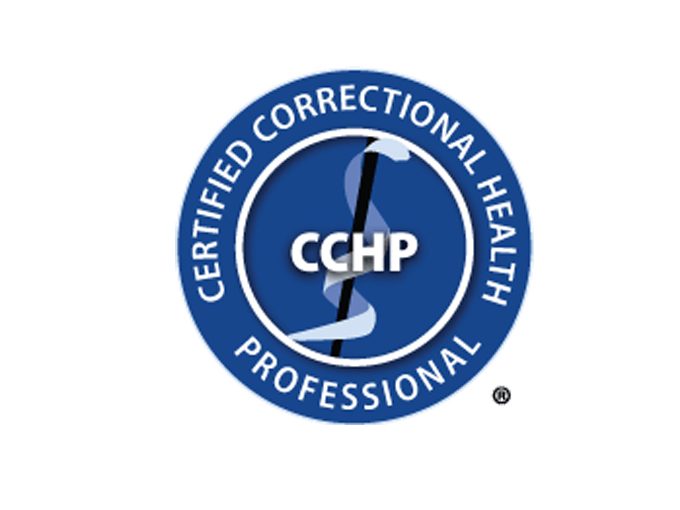
2024 Nominations Open for Annual NCCHC Awards
Submit yourself or a peer for an award. Deadline June 7/
Home Perspectives from the Field
 Aug 14, 2023
Aug 14, 2023Travelling to jails and prisons across the nation provides a unique opportunity to explore practical operations and leadership processes that impact the quality and efficiency of medical and mental health care. Different regions of the United States have cultural differences; financial resource allocation is different in each agency. Even with all the differences, I see commonalities everywhere:
The silo effect: Interdisciplinary leadership is critical for overall operations and necessary for high performing medical and mental health services in jails and prisons. The days of “us and them” are over. Medical and custody leadership teams that meet regularly, identify problems, find solutions, and follow up reduce risk and improve medical services for patients. Collaborative leadership and line staff relationships are critical.
Staffing shortages: Medical, mental health, and dental staffing are frequently a challenge. The same is true for custody and most fields throughout the justice community. Remember to always prioritize patient safety first when planning and assigning staff. Communicate with your custody leadership partners and look for solutions; there are force multipliers out there.
Naloxone: With increasing frequency, illicit drugs are making it into our secure facilities and people are being intentionally or accidentally exposed. More agencies are training all medical and custody staff on how to use naloxone to reverse an overdose. Not only does this improve care for the incarcerated, but it may also be a life saver for your friend or co-worker. It’s time to go beyond stocking it on a crash cart, let’s all train how to use it. Keep it on your person to allow you to act quickly and save lives.
Suicide: This remains the leading cause of death in our nation’s jails and is a concern in prisons as well. A well-designed suicide prevention protocol is very important to identify those at risk, monitor them, get them treatment, and follow up to reduce the risk of a suicidal gesture or attempt. The NCCHC Standards (J-B-05) provide a guide to suicide prevention and intervention. Let’s all take a critical look at our current suicide prevention processes, from intake through release, and see where we can improve.
These represent a small portion of the challenges faced by correctional health professionals daily. Your hard work and dedication are recognized and appreciated more than you know. Thanks for everything you do, stay safe and healthy!
by Fred W. Meyer, MA, CJM, CCHP, managing director, NCCHC Resources, Inc. Want to talk? Pick a time or contact Fred Meyer at [email protected].


